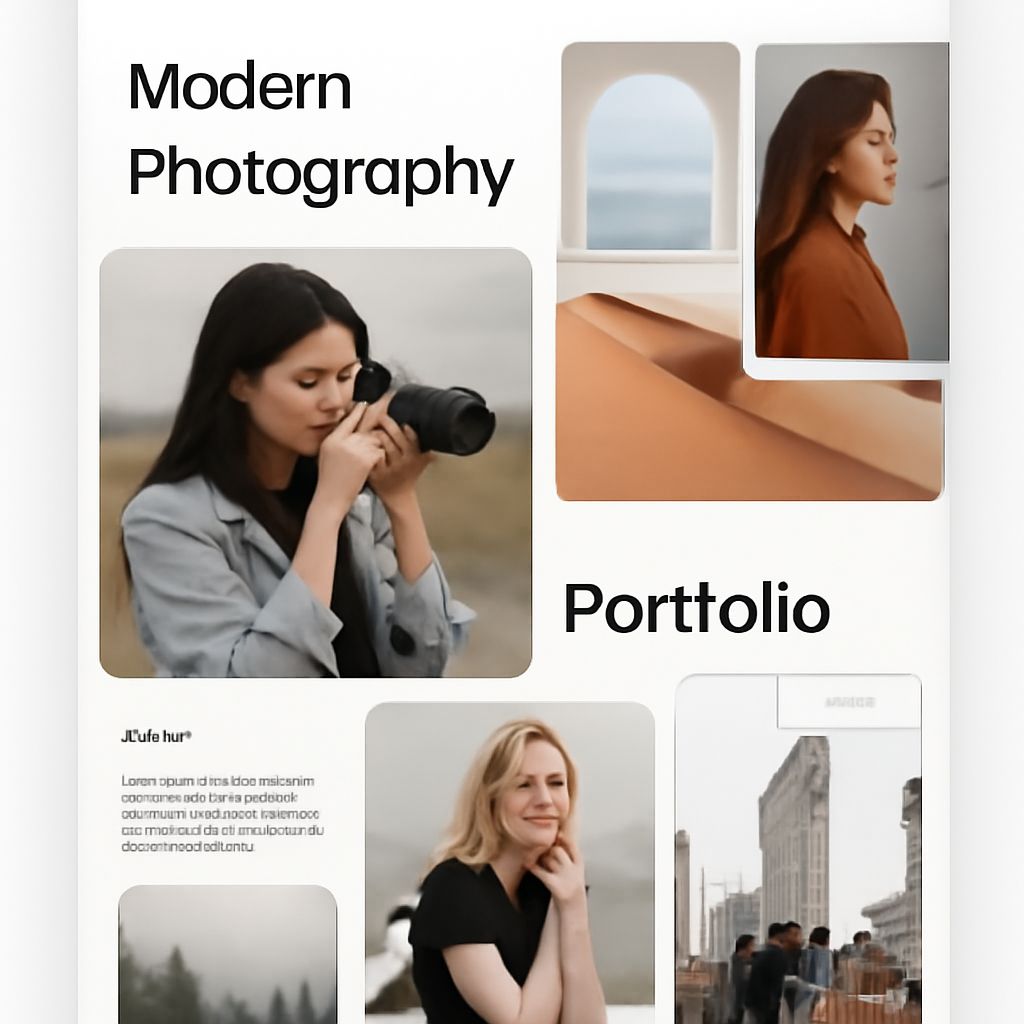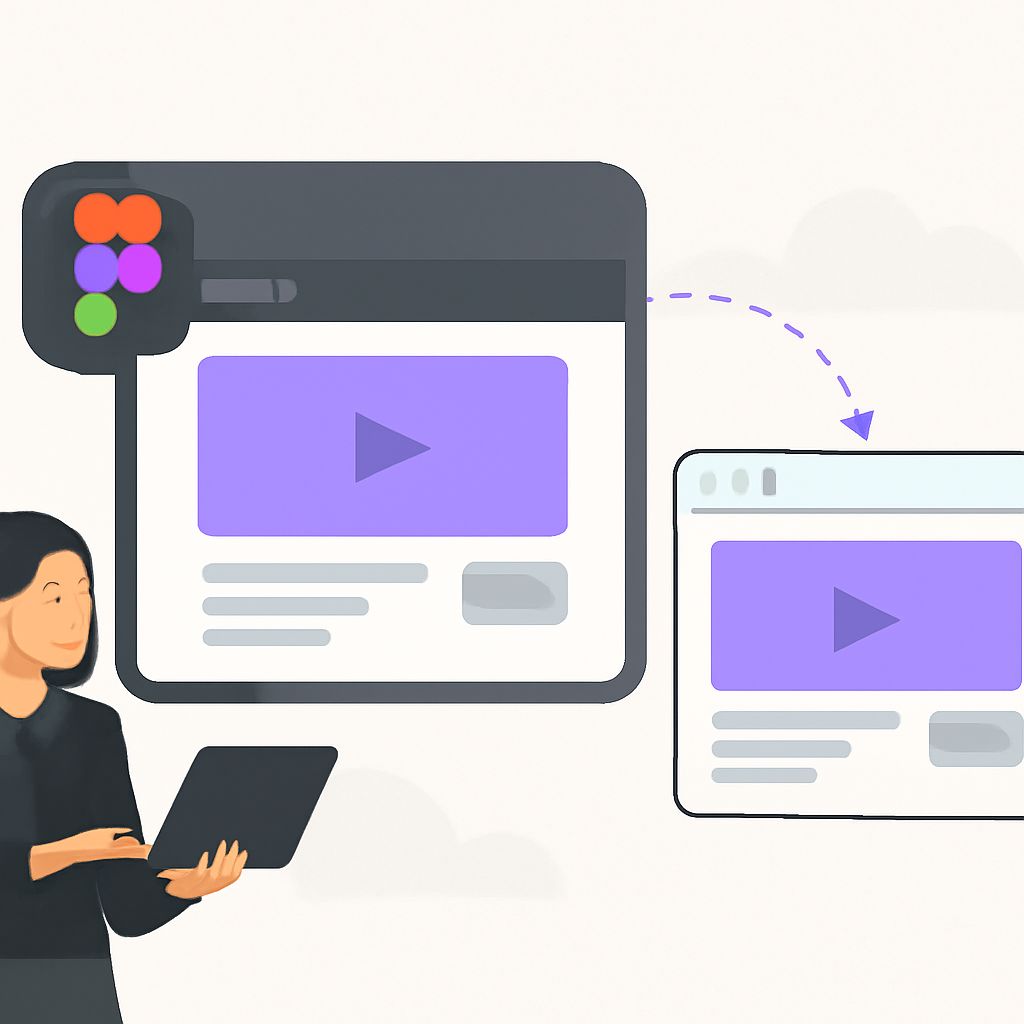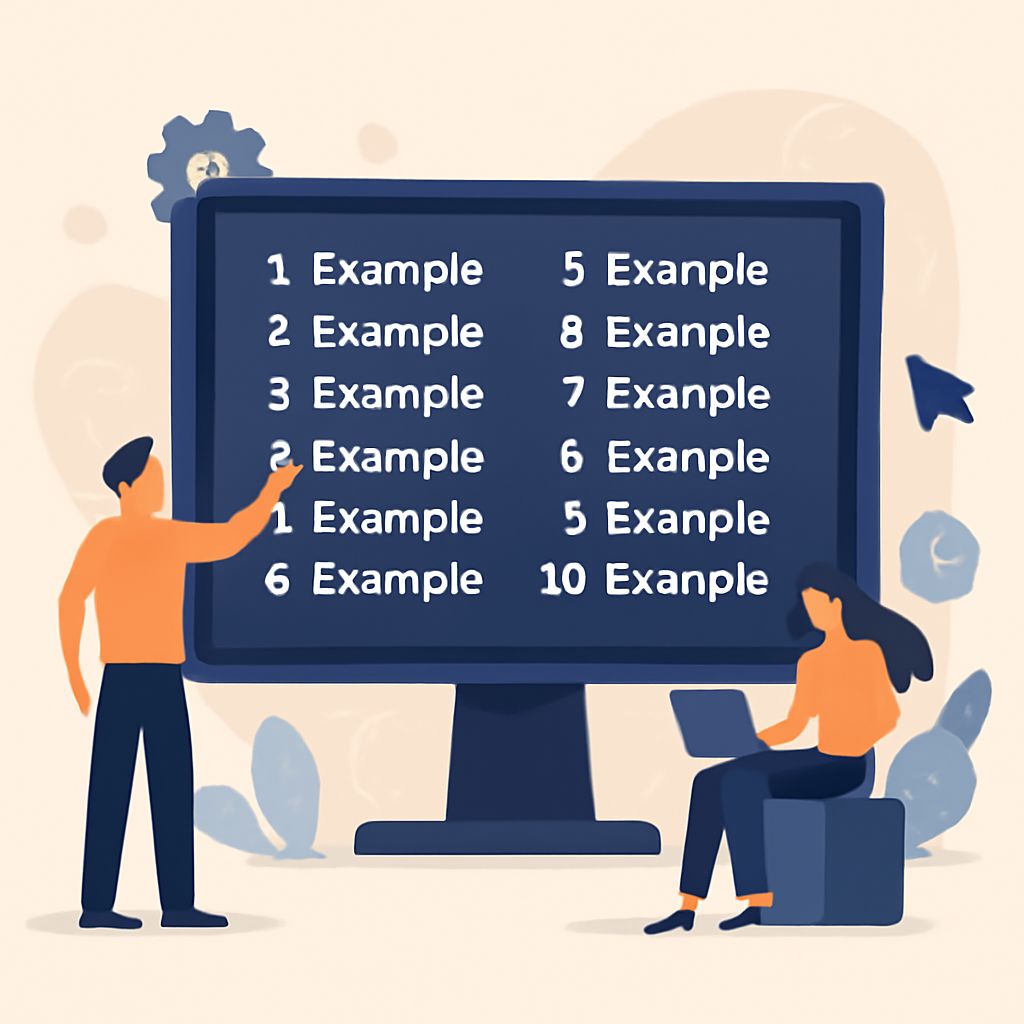10 Stunning Interactive Web Design Examples for 2025
Explore 10 breathtaking interactive web design examples that will inspire your projects in 2025 and elevate your creative skills.

Table of Contents
10 Stunning Interactive Web Design Examples to Inspire Your 2025 Projects
As we move closer to 2025, the realm of web design continues to evolve with a focus on interactivity, user engagement, and immersive experiences. In this article, we will explore ten stunning interactive web design examples that set a benchmark for creativity and functionality. These projects not only captivate aesthetics but also prioritize user experience through innovative design techniques. Let’s delve into each example to draw inspiration for your upcoming projects.
1. The Interactive Story
This website takes storytelling to a whole new level by allowing users to navigate through a visual narrative. The interactive elements include clickable graphics and animated transitions that guide users at their own pace. Such designs create an engaging experience, inviting visitors to explore the content in a non-linear fashion.
Key Features:
- Immersive visual storytelling
- Non-linear navigation
- Responsive design for all devices
2. The Data Visualization Hub
This interactive site transforms complex data into digestible visuals through real-time charts and infographics. Users can manipulate data parameters, allowing them to tailor the insights they receive. This approach is particularly effective for educational or analytical projects.
Key Features:
- Dynamic data interactions
- User-controlled insights
- Visually appealing graphs and charts
3. The Virtual Reality Experience
Combining web design with virtual reality, this website offers a unique environment where users can explore a 3D space. Through mobile devices or VR headsets, visitors engage with the content in a fully immersive way. This design pushes the boundaries of traditional web experiences.
Key Features:
- 3D interactive environments
- Cross-platform accessibility
- Engaging user controls
4. The Creative Portfolio
This design showcases creative works with a focus on interactivity. Users can hover over project thumbnails to reveal more information or play animations. The integration of multimedia elements such as video backgrounds and sound adds depth to the overall experience.
Key Features:
- Hover animations
- Multimedia integration
- Clean and minimalistic layout
5. The Gamified Learning Platform
This platform adopts game mechanics to make learning engaging. Users earn points, unlock achievements, and progress through levels while interacting with educational content. The playful approach keeps users motivated and encourages continuous exploration.
Key Features:
- Point and achievement systems
- Interactive quizzes and challenges
- Real-time feedback mechanisms
6. The Responsive Art Gallery
This website features interactive exhibits where users can explore artwork in detail. Touch gestures and mouse movements reveal artist information, mediums used, and the story behind each piece. This design fosters a connection between the visitor and the artwork.
Key Features:
- Detailed artwork explorations
- Responsive touch and mouse interactions
- Artist insights and stories
7. The Interactive Product Showcase
This example features a 360-degree view of products, enabling users to rotate and zoom in on items. Additionally, interactive hotspots provide detailed specifications and usage examples. This approach enhances the online shopping experience, making it more engaging.
Key Features:
- 360-degree product views
- Interactive hotspots with information
- Customer review integration
8. The Social Networking Site
With an emphasis on user interaction, this platform incorporates features like live polls and collaborative activities. Users can engage with content in real-time, whether through commenting on posts or participating in community-driven events.
Key Features:
- Real-time interaction
- Community-driven features
- Dynamic content feeds
9. The Exploration Map
This site allows users to explore global locations through an interactive map. Users can click on different regions to learn about cultural aspects, historic events, and local attractions. The intertwining of education and exploration creates a compelling user experience.
Key Features:
- Interactive global map
- Information on demand
- Visually rich content
10. The Interactive Recipe Book
Combining culinary arts with technology, this recipe book allows users to filter recipes based on ingredients, cooking time, or dietary needs. Each recipe features interactive elements such as step-by-step instructions and timer functionalities.
Key Features:
- Filtering options for personalization
- Step-by-step interactive guides
- Integration of timers and checklists
Conclusion
As we gear up for 2025, these ten interactive web design examples highlight the potential for creativity and innovation in digital landscapes. They demonstrate how interactivity can enhance user experiences, making websites not just places to visit but immersive worlds to explore. When planning your next project, take inspiration from these examples and consider how you can integrate engaging features to captivate your audience. Remember, the most successful designs are those that balance aesthetics with functionality, creating a seamless experience for users.
FAQ
What are interactive web design examples?
Interactive web design examples showcase websites that engage users through dynamic elements such as animations, transitions, and interactive content, enhancing the overall user experience.
How can interactive web design improve user engagement?
Interactive web design can improve user engagement by making websites more visually appealing and providing users with a sense of control, encouraging them to spend more time exploring the content.
What trends should I consider for interactive web design in 2025?
For 2025, consider trends such as immersive experiences, micro-interactions, advanced animations, AI-driven interactions, and responsive designs that adapt to different devices.
Are there specific tools for creating interactive web designs?
Yes, popular tools for creating interactive web designs include Adobe XD, Figma, Webflow, and various JavaScript libraries like Three.js and GSAP.
How can I ensure my interactive web design is user-friendly?
To ensure user-friendliness in interactive web design, focus on intuitive navigation, maintain a balance between interactivity and usability, and conduct user testing to gather feedback.
Where can I find inspiration for my web design projects?
You can find inspiration for your web design projects on platforms like Behance, Dribbble, Awwwards, and by exploring design blogs and social media channels dedicated to web design.








